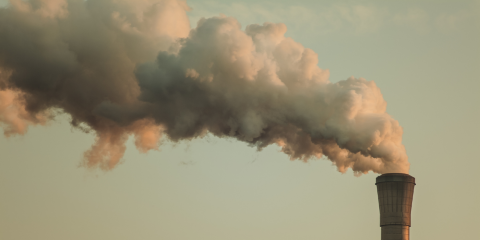More high grade iron ore needed to accelerate steel decarbonisation

Magnetite mining and technology innovations are among potential solutions
Key Takeaways:
Switching from blast furnaces that consume coal to green hydrogen-based direct reduced iron processes is widely considered a key step in the global steel sector’s decarbonisation pathway.
Steel manufacturers are starting to plan pilot or larger scale green hydrogen DRI projects.
Given long mining lead times and technology development requirements, the focus on potential solutions must increase immediately.
27 June 2022 (IEEFA): Decarbonising the steel industry will require an increase in high grade iron ore production and improved beneficiation techniques, finds a new report from the Institute for Energy Economics and Financial Analysis (IEEFA).
To reach net zero emissions by 2050, steelmakers must switch production methods from blast furnaces that consume coal to green hydrogen-based direct reduced iron (DRI) processes.
To reach net zero emissions by 2050, steelmakers must switch production methods
However, DRI technology requires a higher grade of iron ore than blast furnaces – typically at least 67%.
"Iron ore miners continue to be largely focused on producing lower quality blast furnace-grade iron ore as this coal-consuming technology still produces the great majority of the world’s steel,” said report author Simon Nicholas.
Soroush Basirat, the report’s co-author, said deposits of high-grade iron ore were scarce, but noted that mining options were available to alleviate the DR-grade iron ore supply issue.
“Increased focus on magnetite mining is one option. Magnetite iron ore is often more suitable and preferable for further processing and producing iron ore concentrate and pellets of DR-grade quality,” says Basirat.
“There may also be the possibility of beneficiation of some existing iron ore production towards DR-grade.”
Bloomberg New Energy Finance (BNEF) anticipates 59% of primary steel production coming from DRI-EAF processes by 2050 under a net-zero steel sector scenario.
“This would mean 889Mt of steel production from DRI-electric arc furnace (EAF) by 2050, requiring a tenfold rise in DR-grade iron ore supply unless technology innovations allow DRI processes to use lower-grade ore,” says Basirat.
Technology innovations are being developed providing a potential solution
“Fortunately, such technology innovations are being developed providing a potential solution to the DR-grade iron ore supply issue.”
German steelmaker ThyssenKrupp is planning to begin replacing its blast furnaces with DRI plants that include an integrated melting unit (submerged arc furnace) from 2025. The resultant liquid iron will then be converted to steel in the company’s existing metallurgical plant.
“This technology configuration will allow ThyssenKrupp to use blast furnace-grade iron ore in their DRI processes,” says Nicholas.
“ArcelorMittal and BlueScope Steel are also examining similar DRI-melting unit combinations that would allow the use of blast furnace-grade iron ore in direct reduction processes.”
Nicholas says when it comes to carbon emissions, steel has a reputation as a ‘hard to abate’ sector.
“The challenge imposed by limited DR-grade iron ore supply on plans for a large global scale-up of DRI production is significant.
“Given long mining lead times and technology development requirements, the focus on potential solutions must increase immediately.”
Read the report: Iron Ore Quality a Potential Headwind to Green Steelmaking - Technology and Mining Options Are Available to Hit Net-Zero Steel Targets
Media contact: Kate Finlayson ([email protected]) +61 418 254 237
Author contact: Simon Nicholas ([email protected]) and Soroush Basirat ([email protected])
About IEEFA: The Institute for Energy Economics and Financial Analysis (IEEFA) examines issues related to energy markets, trends, and policies. The Institute’s mission is to accelerate the transition to a diverse, sustainable and profitable energy economy. (ieefa.org)















